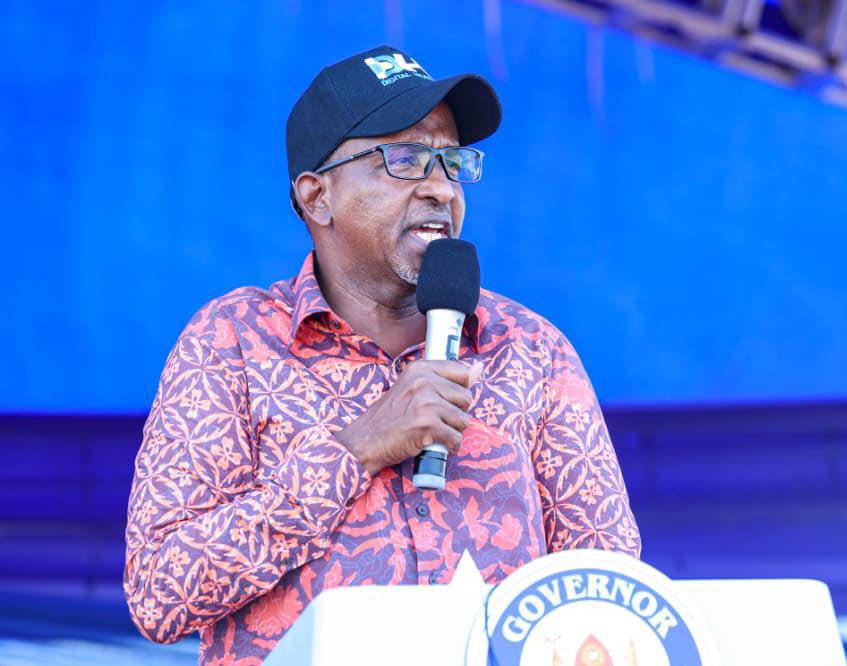
CS Duale wants govt compensation extended to victims of past atrocities in Northeastern » Capital News
NAIROBI, Kenya, Aug 17 – Health Cabinet Secretary Aden Duale is calling for the expansion of the government compensation plan to victims of past state-led atrocities in Northeastern Kenya.
Speaking during the launch of the Balambala Municipality, Duale underscored the need for the process to be all-inclusive.
“If there will be compensation for people who died, the people of Wagalla in Wajir, those who died in Garissa in the Garissa Gubay, and those from Malmakari in Mandera must be compensated as well,” he said.
He cited other abuse which include those killed and bodies dumped in River Yala and River Tana.
“Those who were killed during President Uhuru Kenyatta’s regime and their bodies dumped in River Yala and River Tana must also be compensated,” he stated.
President William Ruto last week unveiled a framework to compensate victims of demonstrations and public protests dating back to 2017.
The plan will cover civilians and security officers who were killed or injured, with the Executive Office of the President coordinating the process in partnership with the Attorney General, the Ministry of Interior, the National Treasury and other state agencies.
The President’s Senior Advisor on Constitutional Affairs and Human Rights Makau Mutua is coordinating the 120-day exercise which will identify victims, process claims, and disburse payments.
The announcement came weeks after deadly anti-government demonstrations over tax hikes and governance concerns, which saw dozens killed and hundreds injured.
In the aftermath of the August 2017 elections, heavy-handed policing resulted in at least 33 confirmed deaths with another 17 suspected but unverified.
Many died from police gunshots or related causes such as asphyxiation due to the improper use of tear gas, and injuries from trampling during panic.
During the protests between March and July 2023, Human Rights Watch documented 31 unlawful killings by police across multiple counties, including Nairobi, Kisumu, and Nakuru.
Among the victims were unarmed protesters, bystanders, and two children who died from tear gas exposure. Serious injuries included gunshot wounds, beatings, and wounds from machetes or other weapons.